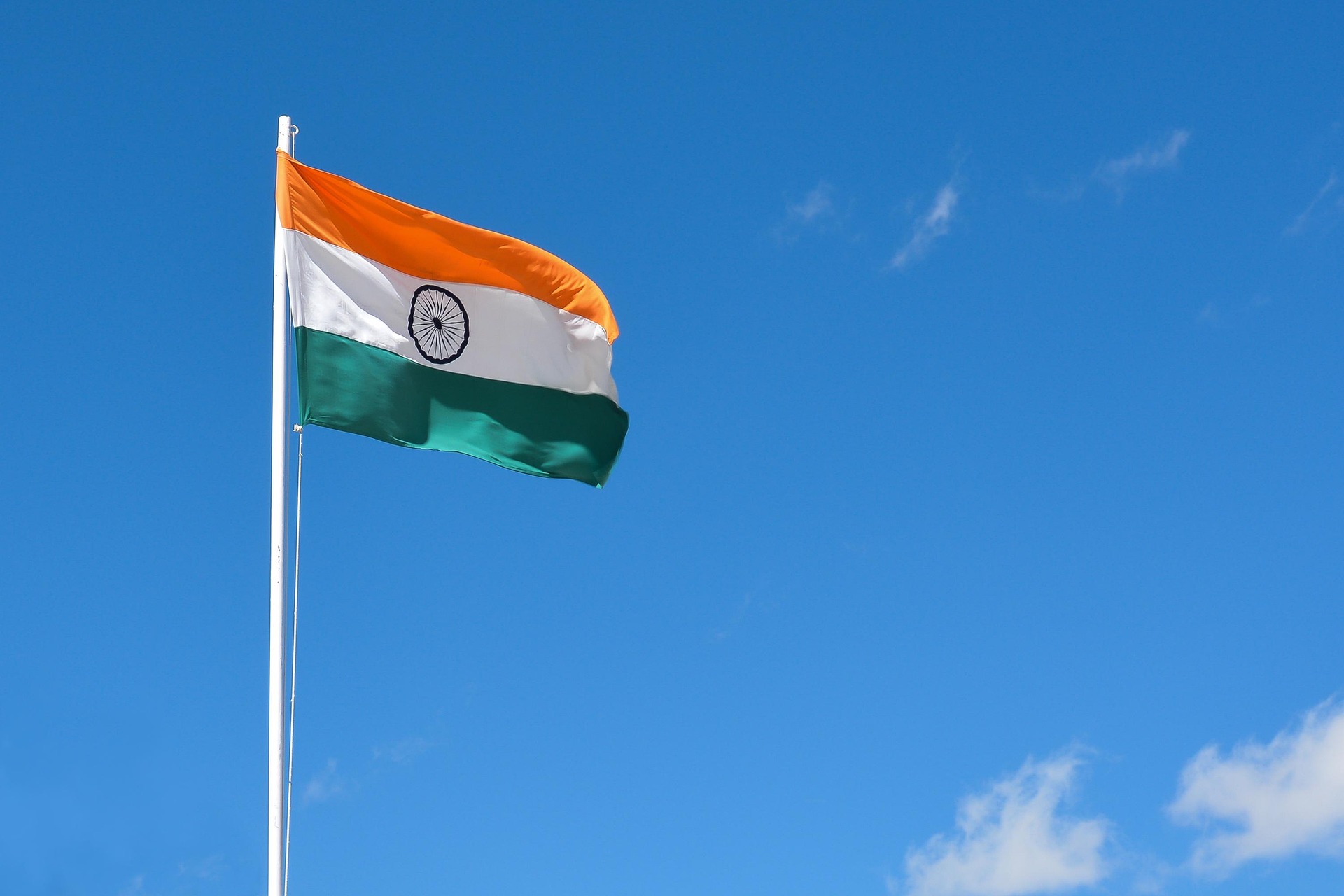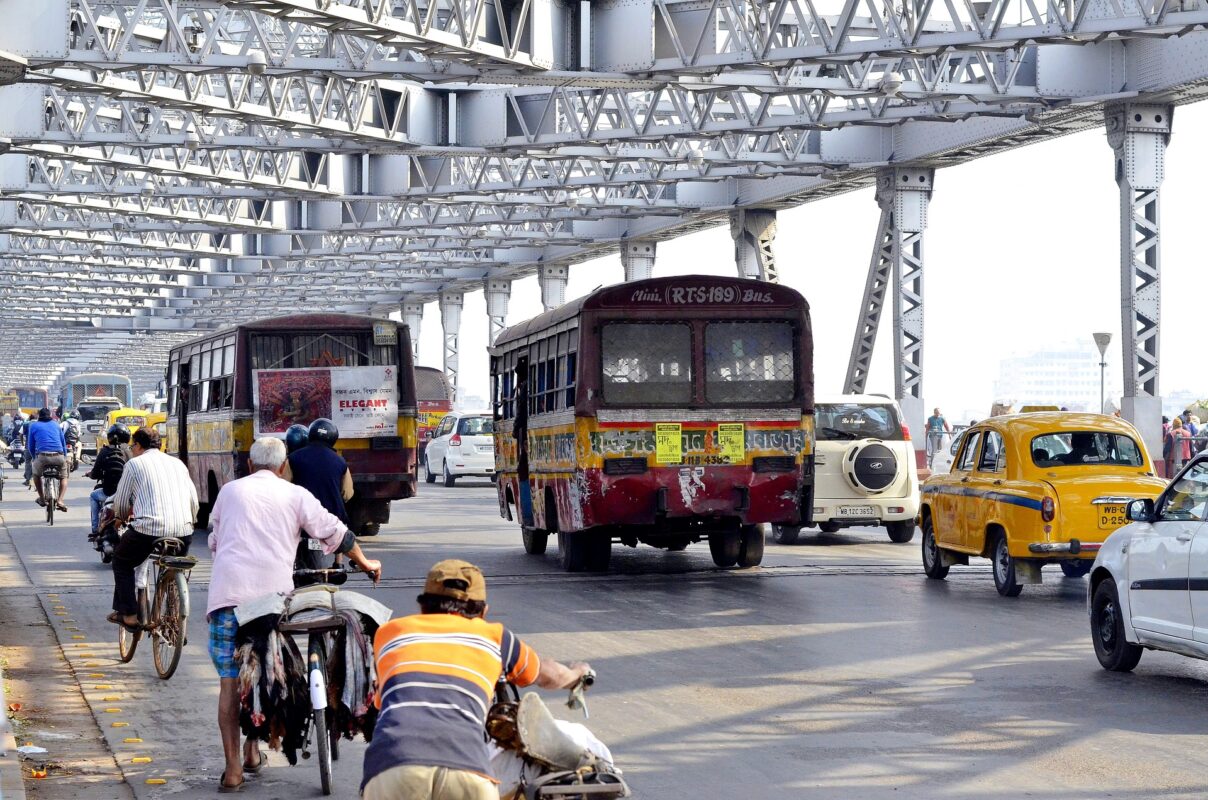
Blog
Why Is India Growing While the World Feels So Uncertain?

Look around the world right now. Wars, inflation, supply chain disruptions, energy crises—you name it. So many economies are struggling to stay afloat. And yet, one country seems to be moving full speed ahead: India.
You might be wondering, how is that even possible? Let’s take a closer look. Because if you care about global trends, business opportunities, or even where the world is headed next—you’ll want to understand India’s story.
A Young, Hungry, and Growing Nation
First, the numbers. India’s economy grew by about 7.6% in 2023–24, making it the fastest-growing major economy in the world. That’s not just impressive—it’s surprising, considering how much global turbulence we’ve seen.
So what’s behind this growth?
One big reason is India’s massive middle class. Domestic demand is booming. In fact, about 60% of India’s GDP comes from within—ordinary people spending, upgrading their lives, and chasing new opportunities. Unlike some countries that depend heavily on exports, India is mostly driven by what happens inside its own borders.
Then there’s India’s youth advantage. Over two-thirds of the population is under 35. That means millions of energetic, tech-savvy, ambitious young people entering the workforce and driving change every single day. It’s what economists call a “demographic dividend”—and India is cashing in.

Smart Economic Management Behind the Scenes
But it’s not just population and demand. India’s economic leadership deserves credit too. Behind the scenes, technocrats (policy experts, not politicians) are steering the economy with a focus on stability and growth.
The central bank—the Reserve Bank of India—operates independently and keeps inflation under control. Foreign exchange reserves are strong (over $600 billion), and the country’s fiscal deficit is being managed responsibly. In other words, India’s financial house is in order.
And that’s important. Because when investors see a country that’s stable and sensible with its money, they’re more likely to invest—and stay invested.

The Modi Factor: Reforms and Controversies
Now, we can’t talk about India’s rise without mentioning Prime Minister Narendra Modi.
Since 2014, Modi’s government has pushed through major reforms. He’s made it easier to do business in India, cracked down on corruption, and launched massive campaigns like “Digital India” and “Make in India.” The result? A much more attractive environment for both local and international investors.
But it hasn’t all been smooth sailing. In 2016, Modi suddenly banned high-denomination currency notes in a move aimed at curbing black money. The plan shocked the country and caused major short-term chaos. Critics also say his government has become too powerful, limiting space for NGOs and minority voices. Some even call it authoritarian.
So, yes—there’s progress, but there are also real concerns.

The Road Ahead: Big Hopes, Bigger Challenges
India’s made it easier to invest—but here’s something to think about: most of the investment is going into services, not manufacturing. That’s a problem if India wants to create enough jobs for its growing population.
Building up manufacturing, infrastructure, and green technology will be key. And while the government can set the rules, it’s ultimately private companies that will have to lead the way. So far, they’ve only just begun.
India also faces a big challenge in making sure its economic growth actually creates meaningful jobs. Millions of young people are entering the job market every year. What will they do? Where will they work? Education, skills, and opportunity will matter more than ever.

Should You Invest in India?
If you’re an investor, India may already be on your radar. And if it’s not—it should be.
Why? Because India’s story is just getting started. Strong fundamentals, a massive consumer base, and long-term political and economic stability make it ideal for long-term investing. Yes, there will be ups and downs. But for patient investors, Indian equities could offer serious returns over the next decade or more.
What About the Environment?
Of course, economic growth means environmental pressure. So what’s India doing about it? Actually—quite a lot. India has pledged to reach net-zero emissions by 2070, and it’s now one of the top three solar power producers in the world. There’s a big push toward electric vehicles, renewable energy, and sustainable farming.
Still, pollution, waste, and water shortages remain major challenges. The road to sustainability won’t be easy—but India knows it can’t afford to ignore it.

Conclusion
India’s push into renewable energy is truly impressive when viewed globally. While many countries are gradually increasing green energy, India is moving rapidly and at an enormous scale. The country aims to reach 500 GW of non-fossil fuel capacity by 2030—nearly three times the U.S.’s current solar capacity. In 2024, India added 24.5 GW of solar power alone, surpassing the total solar capacity of nations like Spain or Australia. Meanwhile, the U.S. is making progress but at a slower pace, raising an important question: Is America doing enough to keep up in the clean energy race? India is not just installing renewables but also expanding domestic manufacturing and bringing solar power to millions of homes through programs like “PM Surya Ghar.” With its growing population and energy needs, India’s fast, large-scale approach challenges the U.S. to accelerate or risk falling behind in the global shift toward sustainability.
